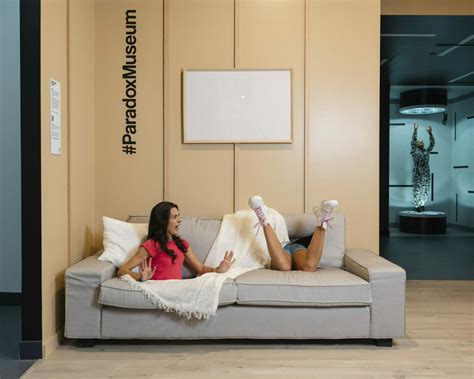The modern marketplace is plagued by a dichotomy: cheap, mass-produced furniture and expensive, handcrafted pieces. This phenomenon, known as the ‘Sofa Paradox,’ has swept across the globe, altering how we perceive quality and value. The mass production of furniture, particularly sofas, has led to a significant decline in craftsmanship over recent decades. Gone are the days when a piece of furniture was an investment meant to last a lifetime. Today, we live in an era where a sofa’s lifespan is increasingly measured in months, not years. Brands like IKEA and Wayfair have revolutionized the market, providing affordable options that cater to a transient lifestyle, but at what cost?
Lately, the narrative around furniture has shifted. High-price tags no longer guarantee durability or quality. The illusion of choice between a $500 IKEA sofa and a $3,000 ‘designer’ sofa masks the underlying reality: many expensive pieces are just as poorly constructed. Commenters in various forums point out that even costly brands have succumbed to the drive for higher margins, sacrificing long-term value for short-term profits. This has resulted in a hollowing out of the middle market—there’s an abundance of low-quality and high-cost items, but a dearth of reasonably priced, well-made furniture.
This quality dilemma extends beyond sofas to other household items. The carefully crafted pieces of yesteryear, often passed down through generations, are now outliers. Today’s consumer faces uncertainty; high costs do not always correlate with high quality. As one commenter noted, ‘The only guarantee is that if it’s a good quality product today, someone will recognize the brand has equity and financial engineer it into crap tomorrow.’ It’s a sobering reflection on how modern capitalism, with its relentless pursuit of profit, undermines craftsmanship and durability.
In a landscape dominated by quick turnover and planned obsolescence, recognizing quality becomes a daunting task. Various users have shared tips on identifying superior craftsmanship, such as examining joint construction, weight, and materials. Yet, the time and expertise required to make these assessments are often out of reach for the average consumer. The rise of ‘fast furniture,’ akin to fast fashion, fills homes with aesthetically pleasing yet fundamentally flawed products. The environmental impact is colossal, with disused furniture clogging landfills and depleting resources.
The irony of this situation is not lost on astute observers. The ‘lifestyle business’—a term once uttered with disdain by venture capitalists—may hold the key to restoring balance. These small businesses, focused on quality over quantity, cater to discerning customers willing to invest in longevity. Yet, for such enterprises to thrive, a cultural shift is necessary. Consumers must be willing to pay a premium for quality and sustainability. Moreover, policy interventions, such as carbon taxes and incentives for durable goods, could level the playing field. As one commenter summed it up, ‘there’s a huge variety of furniture being made, in every conceivable style, size, and texture. But if you want good stuff, you have to pay in time and money to get it.’
It’s high time we reconsidered our shopping habits and priorities. Rather than hastily replacing furniture every few years, investing in well-made pieces can offer both financial and environmental benefits. As the market continues to evolve, so too must our approach to consumption. The Sofa Paradox serves as a reminder that cheap goods often come at a high price, one that impacts our pockets, our comfort, and our planet.


Leave a Reply